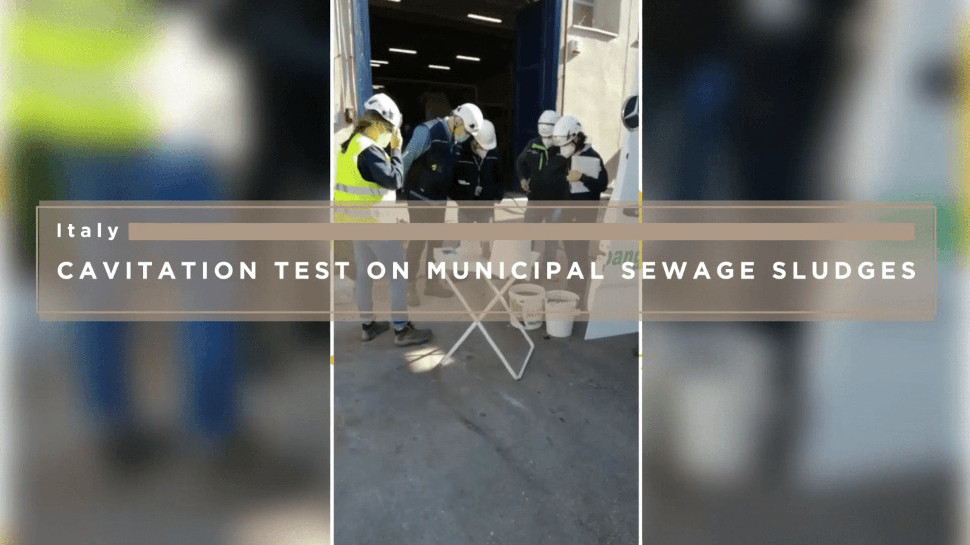The needs of sewage treatment plants
The water cycle of a purification plant (i.e. all the activities that are carried out for the collection and treatment of both municipal and industrial wastewater) is defined as closed when “the resource taken from the source is returned to nature duly purified“. For this reason, the final destination of the sludge obtained from the treatment activity of a plant is a crucial point for its environmental and economic sustainability.
The cost of sludge disposal can account for between 15% and 50% of the operating costs of a sewage plant. In general, the cost of sending sludge to agriculture is around 50-70 €/tonne, while landfilling currently costs more than 100 €/tonne. The environmental and social concerns arising from sewage sludge disposal have led states to increase restrictions on the spreading of sludge in agriculture, diverting it to other disposal methods, such as landfill or waste-to-energy, with much higher costs.
These restrictions have led to greater burdens on the profit and loss accounts of managers who are also finding it increasingly difficult to meet sludge disposal reduction targets. This is why there is an urgent need for pre-treatment technologies that optimise the efficiency of the treatment and dewatering processes, thereby reducing the total volume of sludge leaving the plant and reducing disposal costs.
Controlled cavitation to increase sludge dewaterability
A significant example is given by the video below which shows a test performed with our mobile unit at the Cuma treatment plant, the largest in Naples and one of the largest in Europe, with a treatment capacity of 1,200,000 p.e.
The primary need of the managers of this plant is to find a technological solution to increase the dehydratability of the sludge destined for the centrifuges, in order to achieve greater separation of the solid and liquid fractions. In fact, separating more liquid from solid would mean optimising the volume of sludge leaving the plant and reducing disposal costs, which are one of the items that weigh most heavily on the plant’s economic resources:
The objective of the plant test was to show how the disintegration and homogenisation action of the SewaTOR® controlled cavitation implies a significant reduction in viscosity and particle size for sludge samples taken at different points in the treatment line:
- Post-dynamic thickener biological sludge (6% TS)
- Primary sludge upstream of the screening process (1.5% TS)
- Mix of primary and biological sludge (3% TS)
The final visual comparison between the original sample and the cavitated sample showed precisely this important improvement in the rheology of the treated sludge. The biological sludge in particular, which due to its viscosity causes difficulties for plant operators in mixing and pumping, is finely broken down after the cavitation treatment, with a significant reduction in its viscosity.
By integrating SewaTOR®‘s innovative technology into the process line of the Cuma water purification plant, the operators will be able to reduce the viscosity of the sludge and optimise mixing and pumping, saving energy, but above all, improving the yield of the biological processes and the dewatering process, increasing the conversion of the organic component of the sludge and thus reducing disposal costs!
